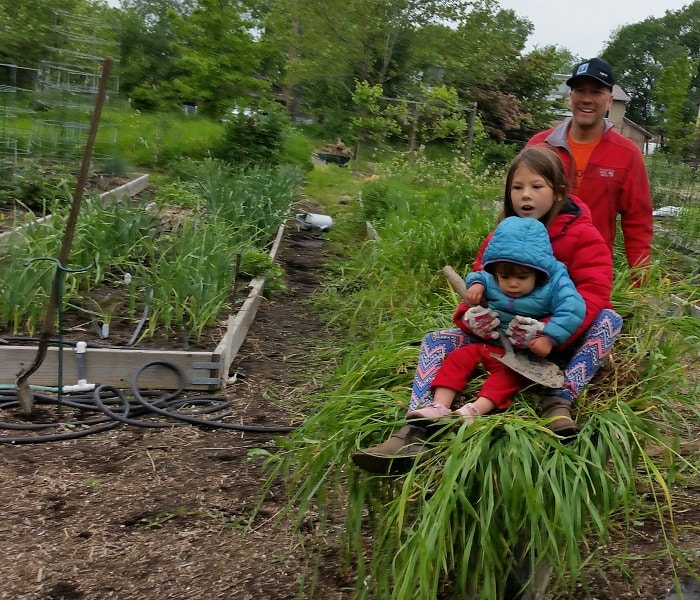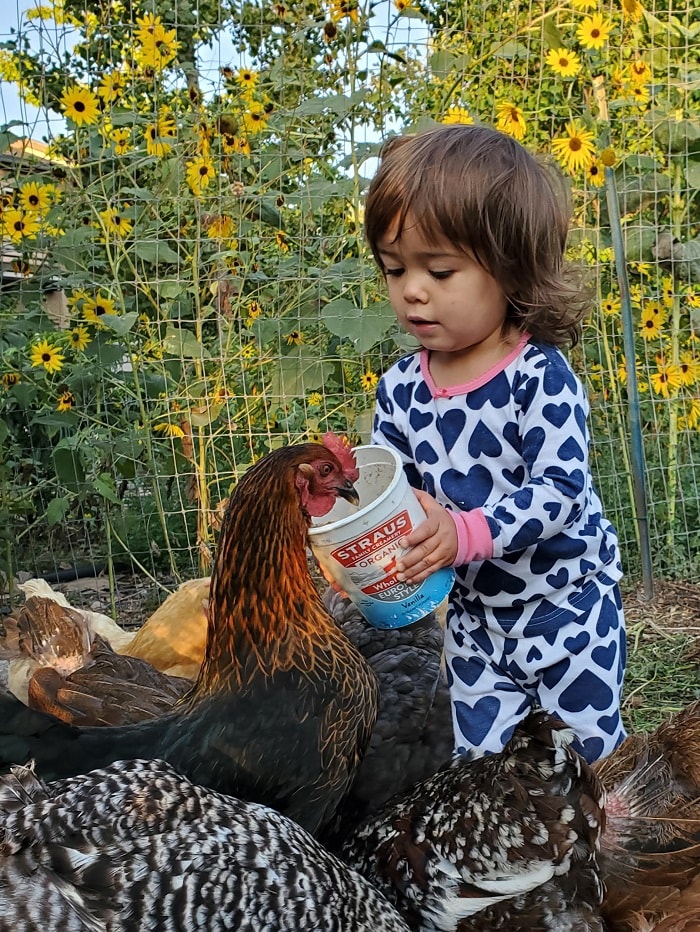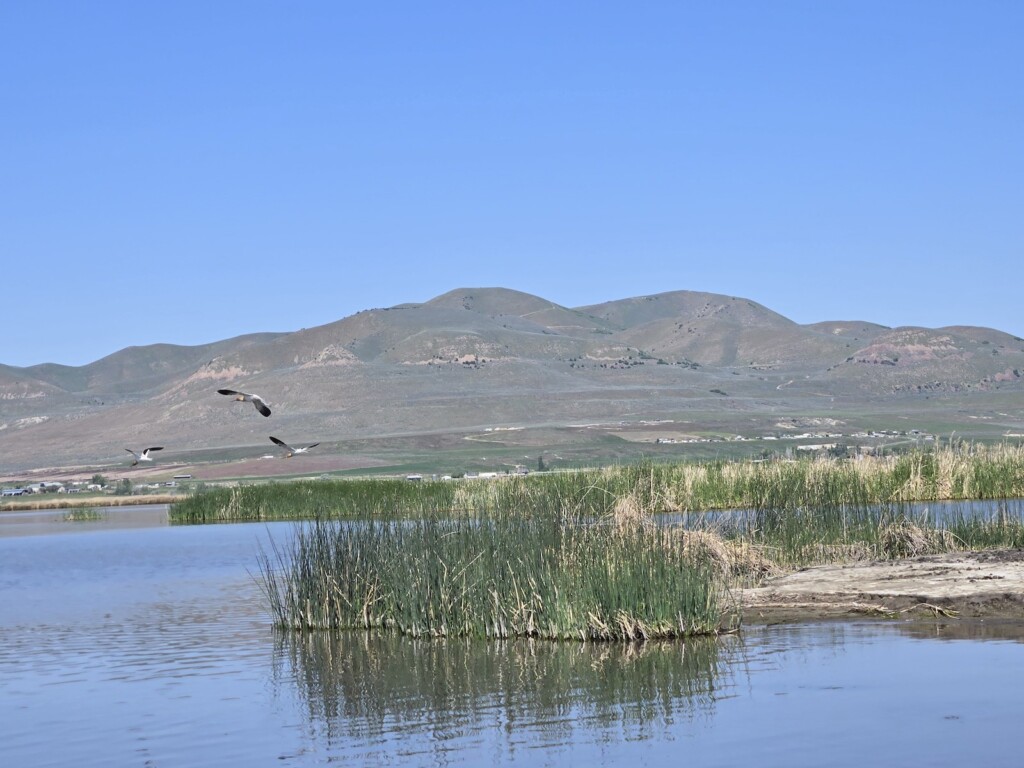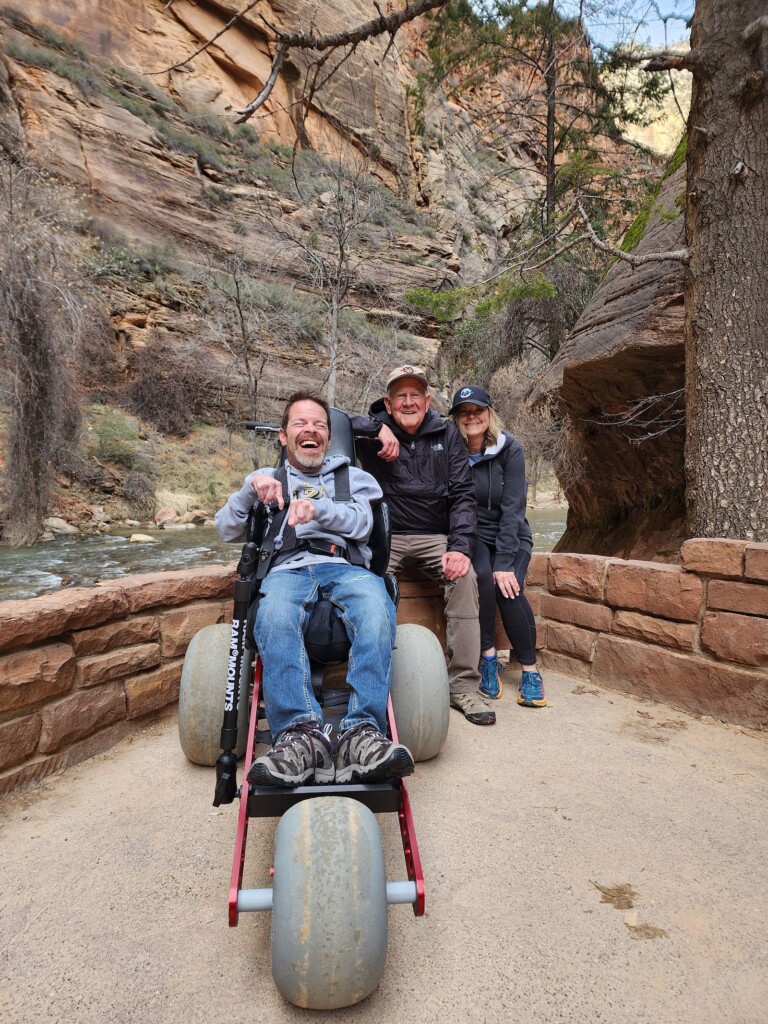
“I drive past the strip malls and big box stores, the parking lots and car dealerships, office buildings and sub-developments, each building a model of cost-efficiency, and I marvel: “After 5,000 years of architectural development, we’ve ended up with this?” We have maximised our production of the measurable—the square feet, the productivity per labour unit—at the expense of everything qualitative: sacredness, intimacy, love, beauty and play.”
—Charles Eisenstein
Affordable Housing Crisis
There has been plenty of media coverage on the affordable housing crisis, which is especially afflicting renters right now. It’s a critical issue in every state, and Utah is no exception. As Utah’s population has expanded, the availability of affordable rental units has nearly evaporated.
The real estate market’s answer to the shortage of rental units has been to build more luxury apartment buildings in the Salt Lake Valley; expensive rental units offering increasingly extravagant amenities. These luxury rentals are only affordable for the wealthy, and their presence drives up the average cost of housing for everyone else. Meanwhile, a vast number of lower income Utahns are crammed into tighter and less desirable living quarters.
Some may argue that luxury buildings offer community opportunities because they have common areas with tennis courts and swimming pools. But when the infrastructure is built on corporate greed and maximizing profits, the culture of residents lacks the feeling of true togetherness that people crave.
How the Structure of Modern Life Divides Us
The structure of modern life necessitates that people are divided into separate boxes for transportation (cars) and separate boxes for living (homes and apart-ments). Where neighborhoods and intersections used to be places for convergence and connection, they’re now places for suspicion and road rage.
The brilliant American author and farmer, Wendell Berry said, “It is easy for me to imagine that the next great division of the world will be between people who wish to live as creatures and people who wish to live as machines.”
Cohousing as an Option
So what housing options exist for Utah’s urbanites who ‘wish to live as creatures’? For those who are seeking housing that’s communal in nature, that encourages food production, and makes it easier to reduce emissions, there are some options. But not many. Wasatch Commons Cohousing, located in Salt Lake City’s Glendale neighborhood, is one of them. It’s Utah’s oldest, and so far, only, cohousing space.

WCC is a cluster of 26 private homes seated on 4.5 acres who share resources and communal spaces. People began moving in during 1999, but that was preceded by five years of weekly planning meetings to secure the land, funding, permits and recruit initial residents.
There is a common house where members gather for formal meetings and to share potluck meals twice a week. I had the chance to join them for a potluck and to interview Linda Reed, a 20-year resident of WCC.
Expectations
“We’re not here because we think alike or because we all share the same skills or passions. Most cohousing is successful because they’re open to anyone. The only requirement is that you’re open to living with your neighbors.”
“There’s always someone to talk to,” Linda says. “All you have to do is walk outside.”
While many residents are now aging, WCC is still a multi-generational community.
“There are some people who grew up here from the beginning. They’re great people. You learn how to get along with others by living here.”
While WCC residents are not tied together financially, they are expected to spend two hours each month on community work such as gardening and snow removal. WCC is leaderless and entirely member-managed.
According to Linda, “It’s not easy. It involves work and time dedicated to the community. But the benefits are enormous for people who want to live connected to others. We balance privacy with being together as a community.”
Ecological Impact of Cohousing Projects
Cohousing projects such as WCC show that minimizing ecological impact and enhancing social connections can happen at the level of neighborhoods as people grow food together on shared land.
“We’d love to see more cohousing happening in the [Salt Lake] valley. But you run into zoning issues and all sorts of obstacles that make it hard to get started. It’s a different way of living and people don’t want to take a chance on doing things a little differently.”
While there aren’t many housing options that suit socially and environmentally conscious creatures—er, people—here in Utah just yet, many share the dream that before too long we’ll come together to create a lot more of the housing we long for—sustainable and connected. WCC is an inspiring example of what’s possible.






